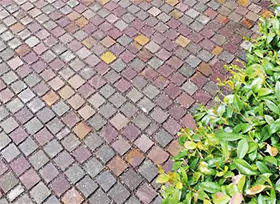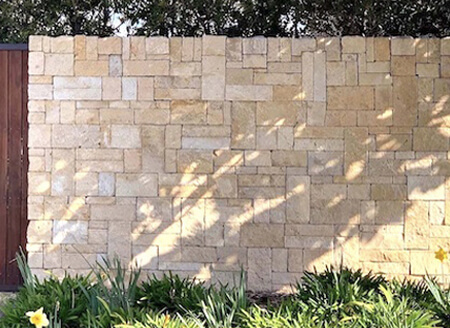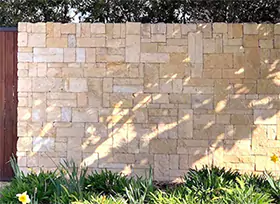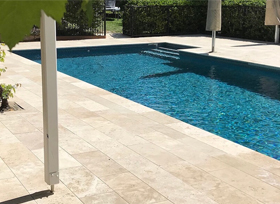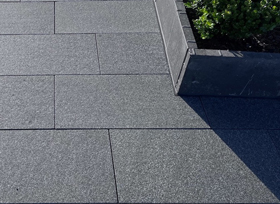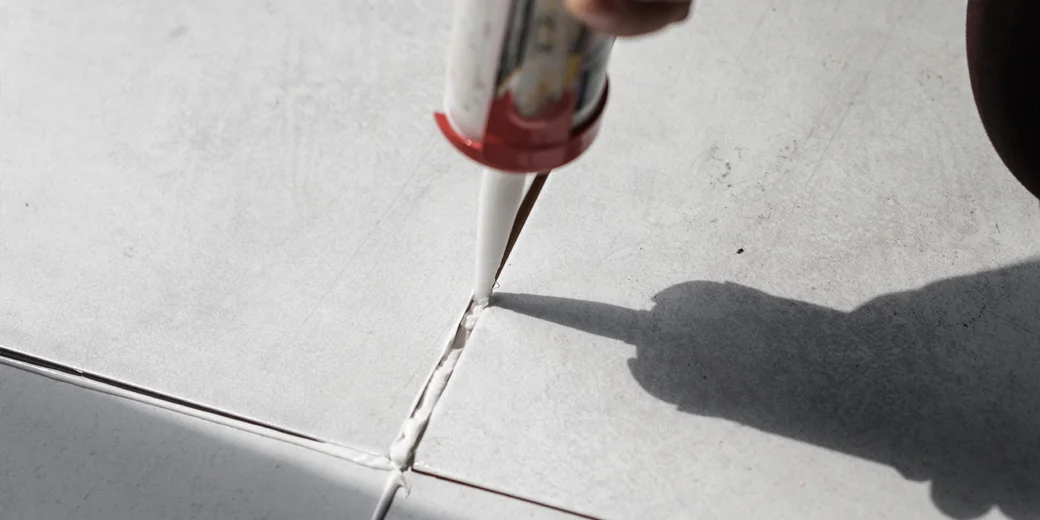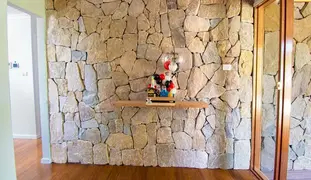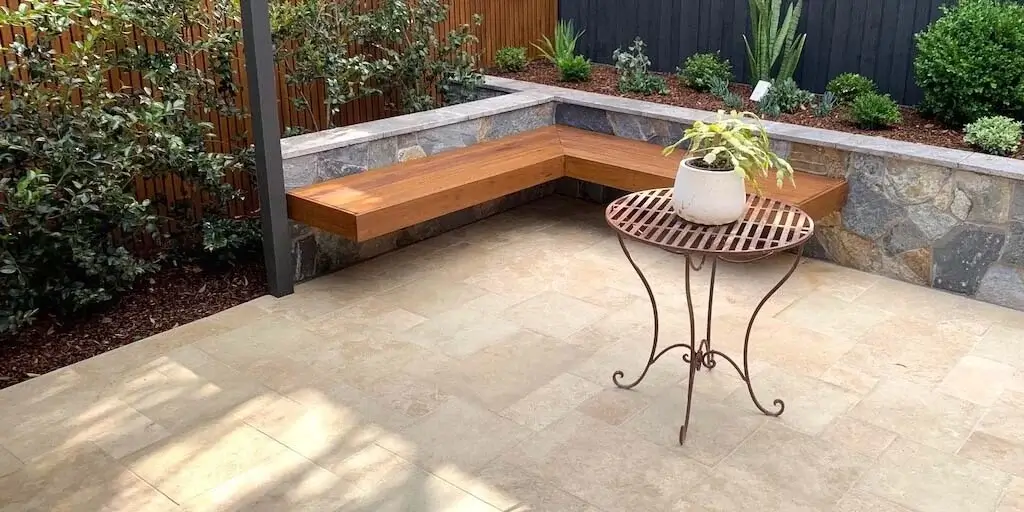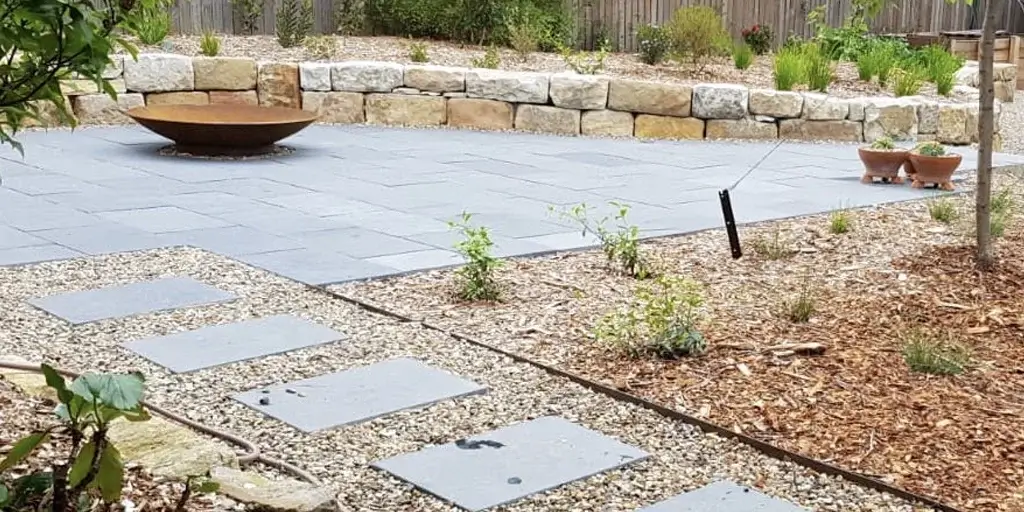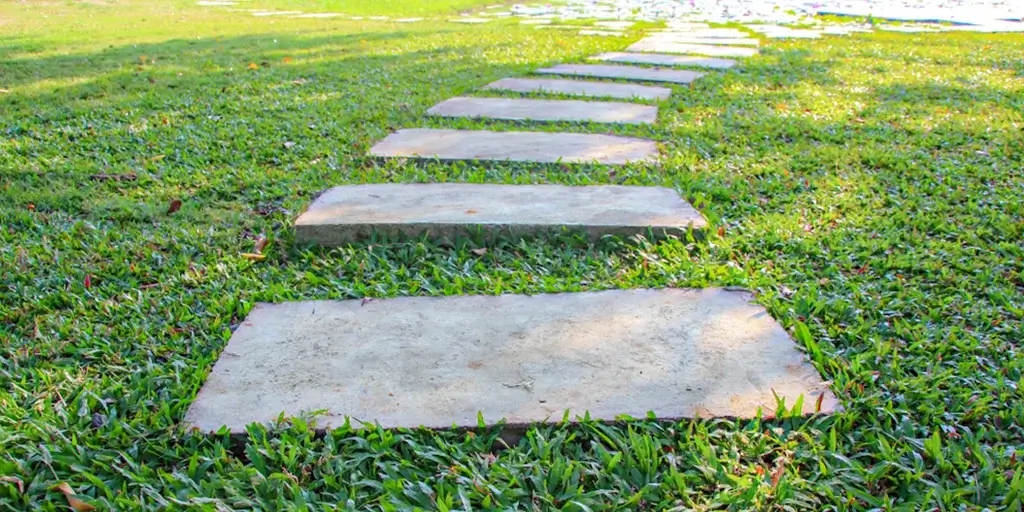What is Grouting?
In simple words, Grouting is the process of filling or plugging the gaps between stones/tiles. Grout is used as a filler for the joints between tiles/stones after installation.
Why is Grouting important?
Now that you know what is grouting, you can easily identify its benefits. Among the many advantages of this process, the primary importance is that grouting prevents water, dirt and debris from going under tiles.
With the help of grout, stones stay in place and walls or floors get a clean crisp look. Without it, the stones run the risk of getting displaced and subsequently cause unwanted accidents. Grout also adds strength, stability and vigour to the installation.
The final look of a tiled space ultimately depends on grouting. This add contrast or create a beautiful single shade space.
In a nutshell, keeping the above in mind, grouting typically cannot be avoided from walls or floors.
The types of grouts
To understand the process of grouting, you might want to know the kinds of them. Essentially there are four broad types of grouts namely Sanded, Unsanded, Furan and Epoxy.
Sanded Grout
Sanded Grout is mostly used for large grout joints which are somewhat 1/8” of an inch or more. In spite of being harder to work with than unsanded grout, it is preferred due to its strength and the way it prevents large joints from cracking.
Unsanded Grout
A non-sanded grout is suitable for grout joints up to 1/8 inch wide. It is cement-based and stickier than sanded variety. Commonly used on walls, counter tops or floors, this variety lacks sand and hence does not lend more strength and filling capacity.
Epoxy Grout
This is a combination of color additives and solids. Epoxy grouts are non-porous, expensive and more difficult to install as compared to cement-based grout. Infact it starts to harden before you finish. However, it is preferred for commercial use as it prevents bacterial growth and is less likely to crack over time.
Furan Grout
The Furan grout is quite similar to epoxy grout except for the fact that it is made of polymers from fortified materials which are highly chemical-resistant. There is no water in this type of grout installation. The system is comprised of two components such as a furan resin and a filler powder with an acid catalyst. Furan grout is recommended in areas exposed to chemicals and grease like dairies, labs or meat packing plants.
How to install- The grouting process
Though there are multiple ways of grouting depending on the type of grout in use, here is a common handy guide. These are simple basic tricks to ease the process.
- Mix the grout - Mix your grout powder and chemical/water in correct proportion. The more you mix, better is the consistency. Avoid water in case of Furan grout. Make sure you use gloves, safety gear and drill/mixing tools.
- Test on a small area - Don't be in a hurry to do it all in one go. It is advisable to run it on a small area and see how it looks. You would get to know about the shortcomings or the correction required at this stage.
- Apply grouts in small parts - Start applying grout to tiles with a float brush, holding it at 450. Sweep the grout onto the joints ensuring you do that immediately after mixing. This will eliminate air bubble from forming.
- Clean the tiles - Once the grout setlles in for few minutes, use a grout sponge to wipe the tile surfaces. After grout fully hardens, clean the tiles again with cloth or towel while using as little water as possible. However, in case of Epoxy grout, you would need a grout haze remover. If the sponge did not work, slide the grout float over the area which will push the haze between tiles. Buff the area with soft cloth until completely dry.
Hope these simple steps help you do grouting on your own and reduce unnecessary labour. Your building material supplier or stone dealers would be able to guide you better with information of chemicals and tools.
*Disclaimer: All information and advice given above in the blog are to the best of our knowledge. Please reconfirm at your end before execution.






